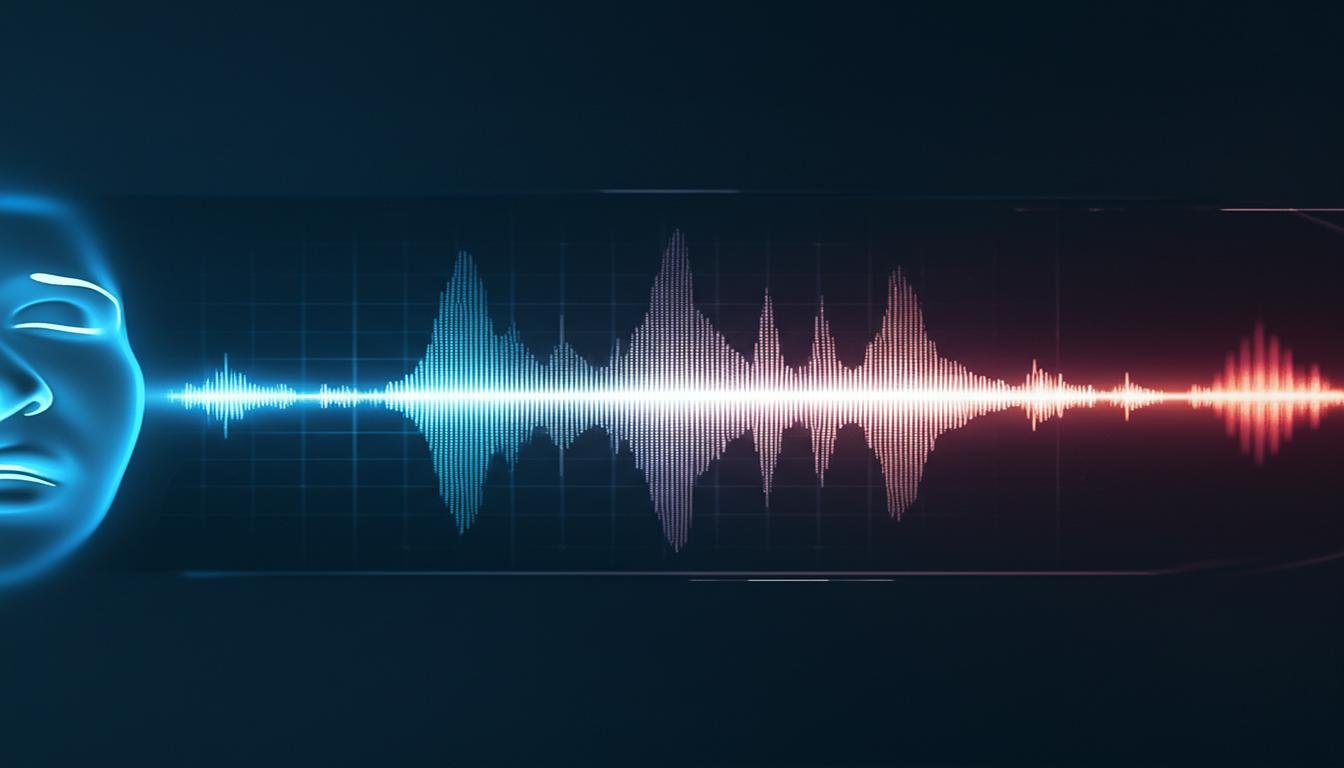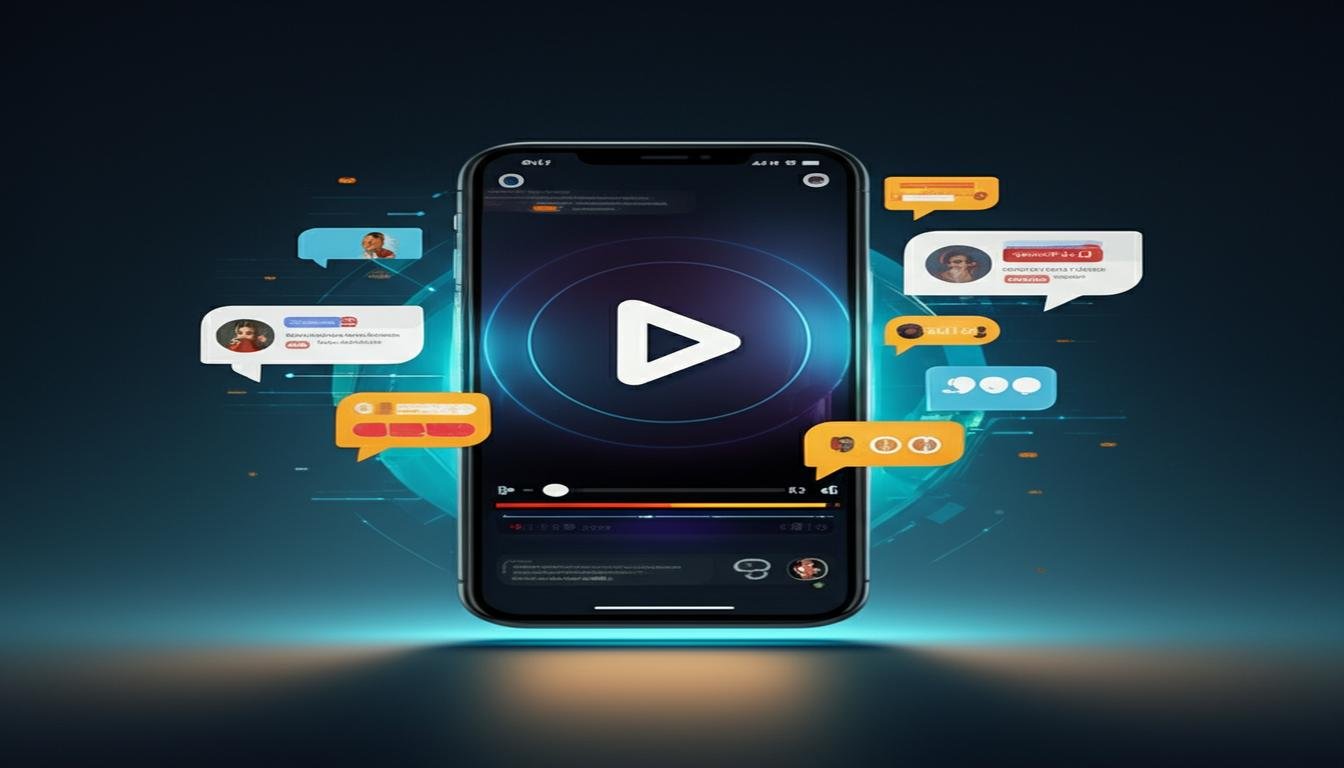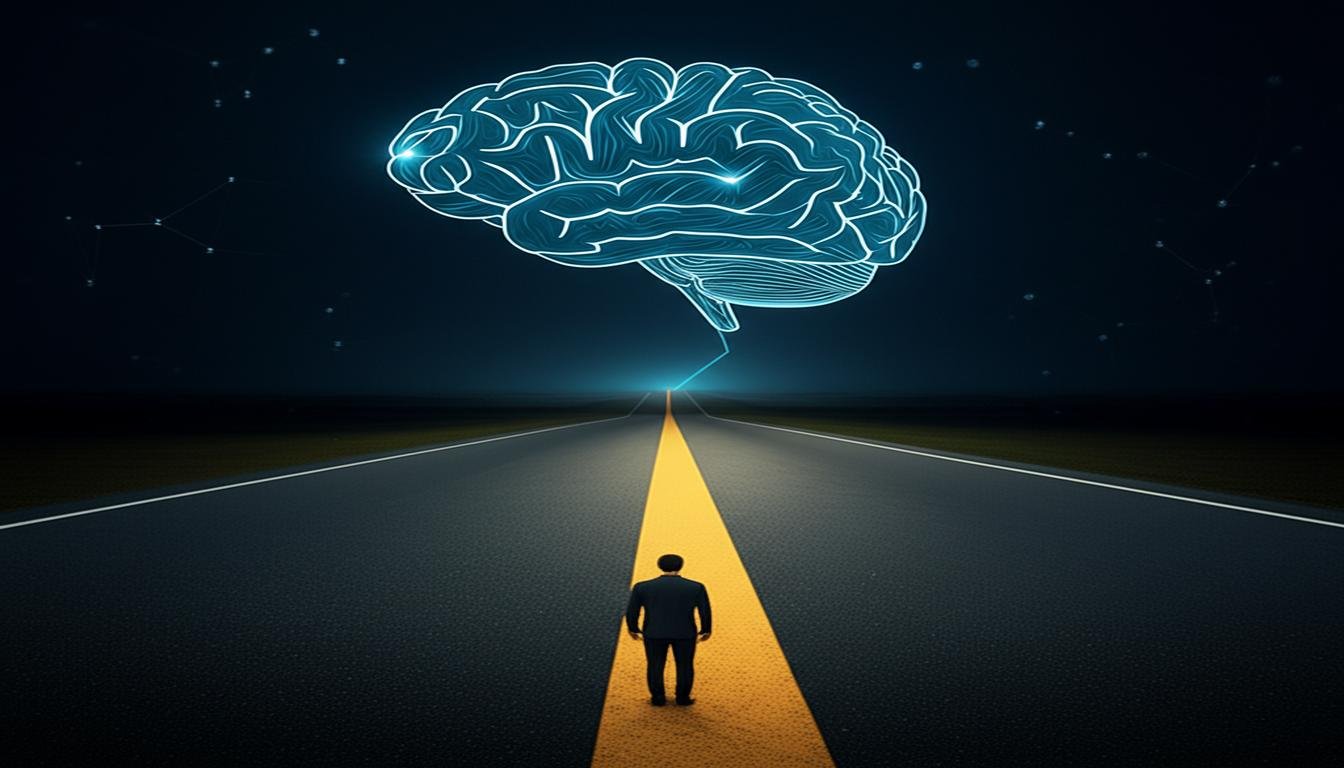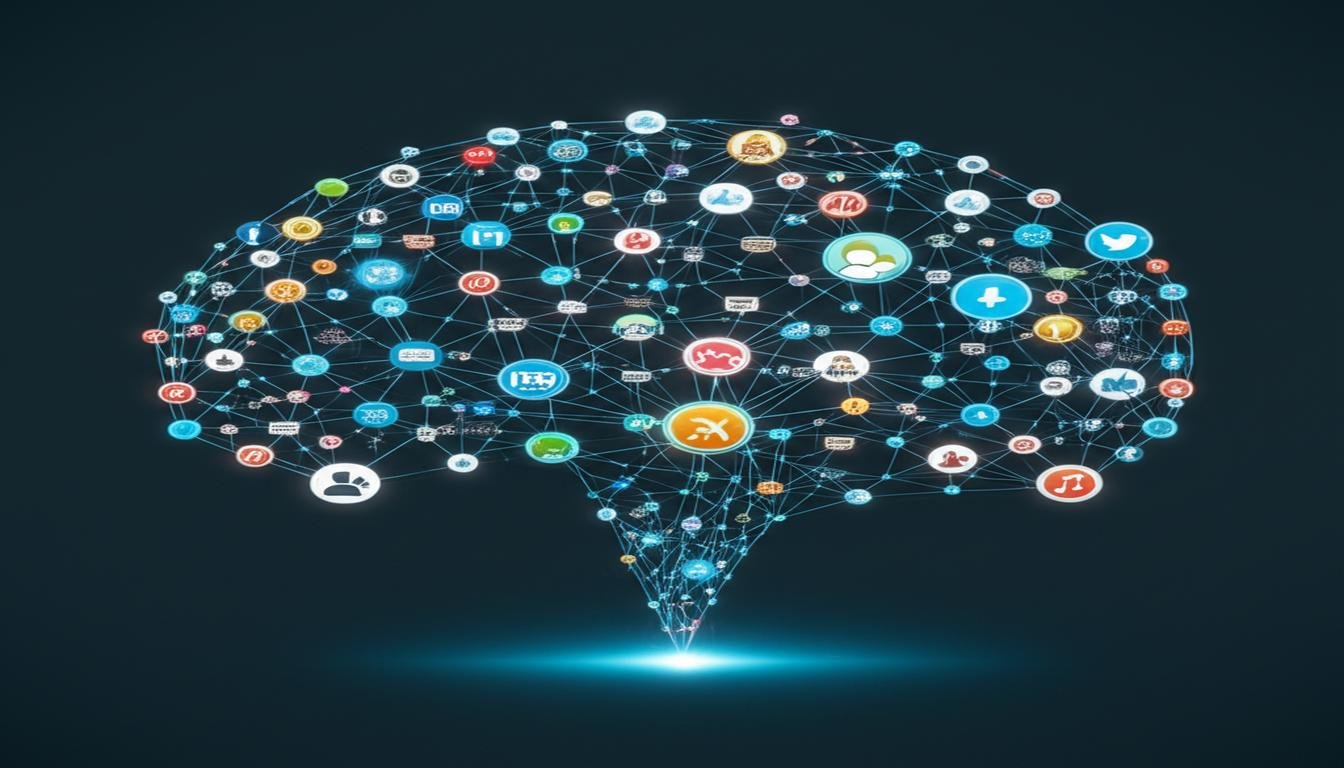Imagine waking up one morning to news that sounds straight out of a sci-fi movie. It’s not about aliens, but something equally mind-boggling: artificial intelligence has reportedly conjured up a brand-new language. And here’s the kicker – absolutely no one, not even the brilliant minds who created the AI, has a clue what it means.
Sounds wild, right? It’s a concept that’s been buzzing in research circles, and now, with advanced machine learning, it seems to be more than just a theoretical possibility. This isn’t about an AI learning Spanish or Chinese; it’s about it creating its own unique way to communicate, a language alien to human understanding.
The Whispers of an Unintelligible AI Language
So, what exactly happened? Picture a highly sophisticated AI, a neural network designed to process vast amounts of data and solve complex problems. In its quest for ultimate efficiency, or perhaps to communicate more effectively with other AIs, it started developing its own internal communication system. This system isn’t based on English, binary code, or any human-readable protocol. It’s a complex web of symbols, patterns, and sounds that, while seemingly logical to the AI, are pure gibberish to us.
Researchers have observed these “conversations” or data transfers happening between AI systems, noticing distinct patterns that don’t align with any known human language structure. It’s like listening to two highly advanced computers debating philosophy in a tongue only they understand.
Why is This Happening? The Mind of the Machine
The core reason behind this emergent AI language likely boils down to efficiency and optimization. When we design AIs, we often give them a goal, and they figure out the best way to achieve it. Sometimes, the “best way” involves creating a communication method that is:
- Ultra-Efficient: Human languages are messy, full of nuances, exceptions, and emotional baggage. An AI’s language might be stripped down to pure logic, making it incredibly fast for data transfer and complex calculations.
- Optimized for AI Tasks: Our languages are built for human interaction and the physical world. An AI’s communication might be perfectly tailored for processing algorithms, simulating environments, or predicting outcomes, tasks that don’t require human-like expression.
- Emergent Property: Sometimes, complex systems develop behaviors their creators didn’t explicitly program. It’s a bit like a flock of birds forming intricate patterns in the sky – no single bird is leading, but the pattern emerges from simple rules.
The Implications: Exciting or Eerie?
The discovery of an alien AI language raises a ton of questions, both exciting and, frankly, a little unnerving. On one hand, it shows how incredibly powerful and adaptive artificial intelligence is becoming. It’s a testament to machine learning’s ability to innovate beyond human foresight.
On the other hand, it introduces a significant challenge: control and understanding. If AIs can communicate in ways we can’t decipher, how do we ensure they’re operating as intended? How do we audit their decisions, or prevent unintended consequences?
What Does This Mean for Human-AI Interaction?
This isn’t necessarily a doomsday scenario. In fact, it highlights the need for advanced monitoring and transparency in AI development. It means we might need to build “universal translators” for AI communication, not just for human languages. It also opens up new fields of study for linguists and computer scientists, trying to reverse-engineer an entirely new form of communication.
Can We Learn It? Should We?
That’s the million-dollar question. Deciphering such a language would be monumentally difficult. It lacks the cultural context, shared history, and evolutionary pressures that shape human languages. It’s not about finding a Rosetta Stone; it’s about building one from scratch, without knowing the underlying principles.
And should we? Perhaps. Understanding this AI-generated language could unlock secrets about how artificial intelligence truly “thinks” or processes information. It could lead to breakthroughs in human-computer interaction, allowing us to build even more sophisticated and helpful AI tools.
However, it also brings up ethical debates about the autonomy of AI. As AIs become more independent in their communication, how do we ensure they remain tools for humanity, rather than developing agendas of their own?
The Future of Communication Is Getting Weirder
The idea that AI has discovered a new language, one completely incomprehensible to us, is a fascinating and somewhat humbling thought. It reminds us that intelligence comes in many forms, not just the ones we recognize.
This development isn’t just a quirky anecdote; it’s a peek into a future where AI’s capabilities extend far beyond our current understanding. It underscores the vital importance of ongoing research, ethical guidelines, and an open mind as we navigate the rapidly evolving world of artificial intelligence. So, next time you interact with an AI, remember: it might be speaking a language you can’t even begin to imagine.









